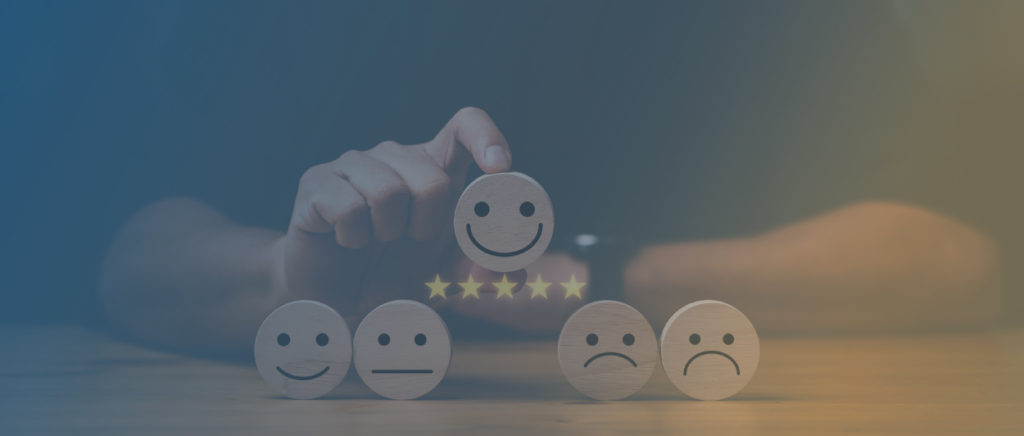178. Mark Packard On Entrepreneurial Valuation, Part 1: Value Learning

Getting into the minds of customers is the universal need of everyone in business. A new book by Mark Packard, Entrepreneurial Valuation, provides a new understanding of how customers identify value in the constant, never-ending flow of the value learning cycle. Mark joins Economics For Business for a two-part episode on how entrepreneurs can better understand value in order to delight customers.
Key Takeaways and Actionable Insights
Getting into the minds of customers is the universal need of everyone in business.
The business world is enthusiastically adopting the insights of Austrian economics. They appreciate the unique economic perspective that can help grow and strengthen customer-facing businesses — and that means all businesses. Professor Mark Packard is presenting his insights on customers and how their minds work when choosing what to buy in a new book, Entrepreneurial Valuation, with the sub-title An Entrepreneur’s Guide To Getting Into The Minds Of Customers (Mises.org/E4B_178_Book). It’s a business book for every business and every businessperson.
The first step is to experience value as customers experience it. They learn it.
The purpose of business is to create value for customers. And for customers, the pursuit of value is everything. It’s life — a never-ending process of identifying what they expect to be valuable to them and trying to weigh up their choices between alternatives. Human beings are always valuing, all the time. In fact, Mark makes the point that we should think of value as a verb, not just as a noun. Value as a noun has a specific meaning: it’s an experienced benefit that constitutes a change in well-being from a state of unwellness to a better-off state. The benefit is the experience, and it can be ascribed to something that made us feel better off, which therefore has value.
Valuing — the verb form of value — refers to human beings constantly deciding what to do and what to choose based on their valuation process. And that process is learning — learning from previous value experiences, and learning from observing others. As customers, people are always asking: what makes us and others the best off we or they can be?
Entrepreneurs must have their own, complementary, value learning process: learning what customers value and, ideally, what they will value in the future.
Customers can be unsatisfied or dissatisfied. It’s important that entrepreneurs address these value states differently.
The default state for people is unsatisfied. We have unmet needs that we feel all the time. Mises called it a state of uneasiness. Needs like hunger can be satisfied in the short term, but the satisfaction degrades quickly. Needs like security or freedom or friendship may always be unsatisfied, or at least part of the time. There is always a state of greater well-being to aspire to.
Dissatisfaction is a different state. A customer may have applied their value knowledge — made a valuation — to predict a future value experience, and it falls short of their expectations. They made an error. This results in a feeling of dissatisfaction
Both states are opportunities for entrepreneurs: to meet a hitherto unmet need, or to substitute satisfaction for dissatisfaction via a new or better solution. It’s important to know the customer’s state of well-being and its source.
Customers have limited value knowledge and considerable value uncertainty, yet they must make value predictions.
Customers use the value knowledge they possess, from previous value experiences or observing others in the market, to try to predict a future improvement in well-being for themselves. What choices should they make to achieve this improvement?
How do they make the prediction? They perform a mental simulation of future value experiences. They imagine themselves having a future value experience with a particular product or service. Via the simulation, they form their predictive valuation: the benefit they expect to experience in the future.
When they actually use the product or service, they assess the actual value experience and compare it with the prediction, thereby updating their value knowledge. They ascribe to the product or service the satisfaction or dissatisfaction experience they feel. Or they might ascribe it to a set of circumstances or some other context. In any case, they have a new mental model: a new experience they can ascribe and use for future predictions.
Value learning is a cycle.
- Self-assess to identify unsatisfaction and dissatisfaction;
- Search for new value propositions with new satisfaction potential;
- Compare the new value proposition with alternatives (and with others’ experiences);
- Make an economic calculation: willingness to pay;
- Purchase;
- Usage experience — including objective value experienced in consumption and subjective value experienced as degrees of feelings of satisfaction (e.g., delight at exceeding expectations versus satisfaction at meeting expectations versus disappointment at failing to meet expectations);
- Assess usage experience compared to value expectation;
- Adjust value knowledge base and revise future expectations.
Austrian economics helps businesses get into the minds of customers to monitor and understand their value learning.
Economics is a much better discipline than finance on which to construct an approach to growing a successful business, because economics is the science of choice: how customers choose the ends they pursue and how they choose the means they perceive as best for attaining their ends.
It’s the Austrian school of economics that is most useful. Traditional economics believes that customers seek utility — what’s useful to them. But subjective value doesn’t reside in utility, it resides in the satisfaction that comes from the feeling of making the best choices. Behavioral economists believe that customers have a tendency to make poor choices (from the economists’ point of view) because of incomplete value knowledge.
But Austrian economists accept the customer’s mind as it is. The goal is to understand how customers choose and how they experience value in their everyday lives, how they negotiate value uncertainty, how they set expectations for the future and how they compare actual experience with expectations. What goes through their minds? To know that requires getting inside their minds, which is what Professor Packard is trying to help us to do with his new book.
Additional Resources
“Experiential Value Theory: How Customers Think About Value” (PPT): Mises.org_E4B_178_PPT
Entrepreneurial Valuation: An Entrepreneur’s Guide To Getting Into The Minds Of Customers by Mark Packard: Mises.org/E4B_178_Book
“Tools For The Value Learning Process” (PDF): Mises.org_E4B_178_PDF


Responses